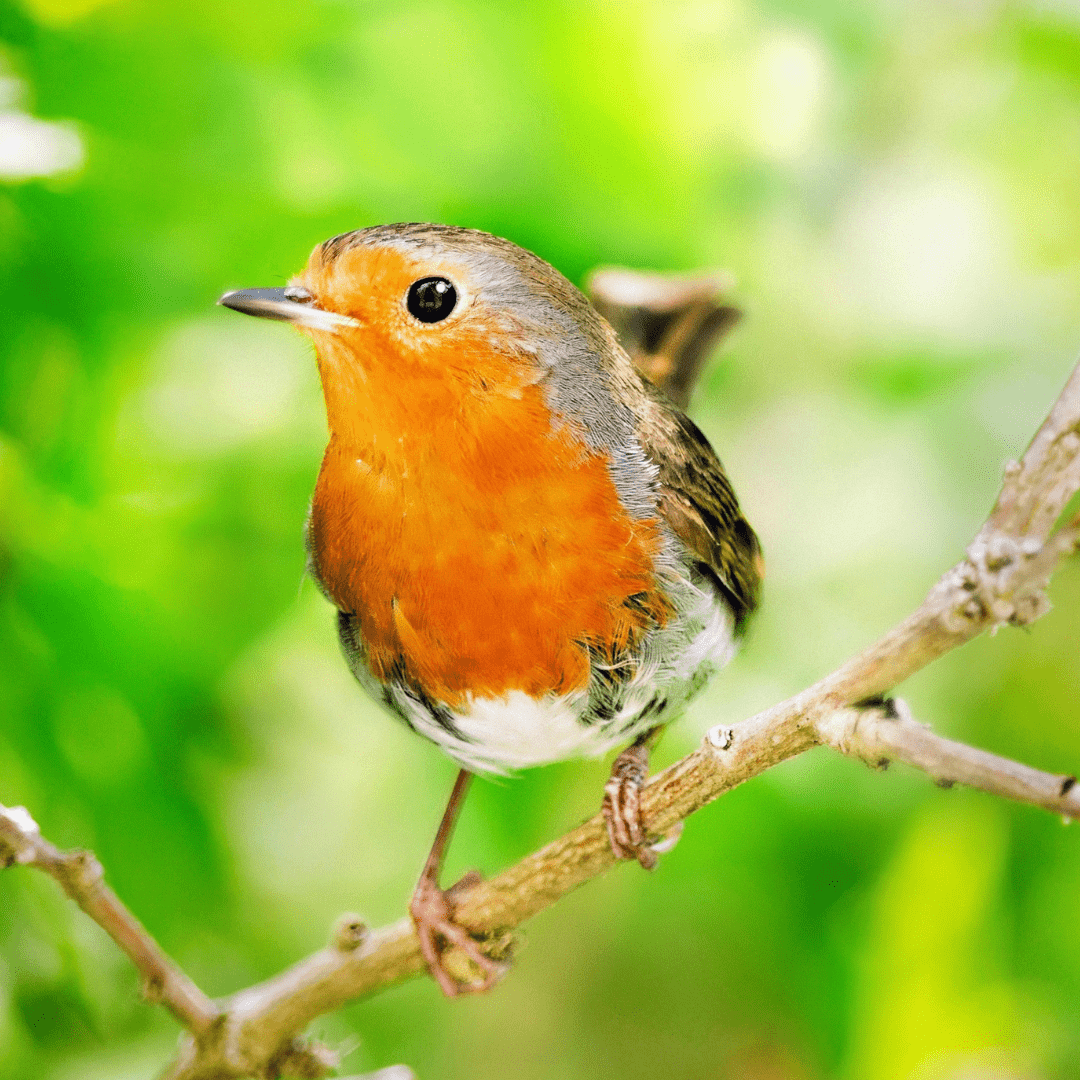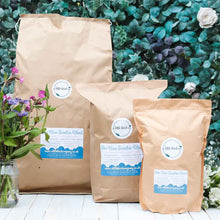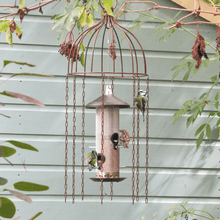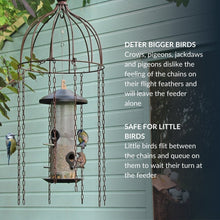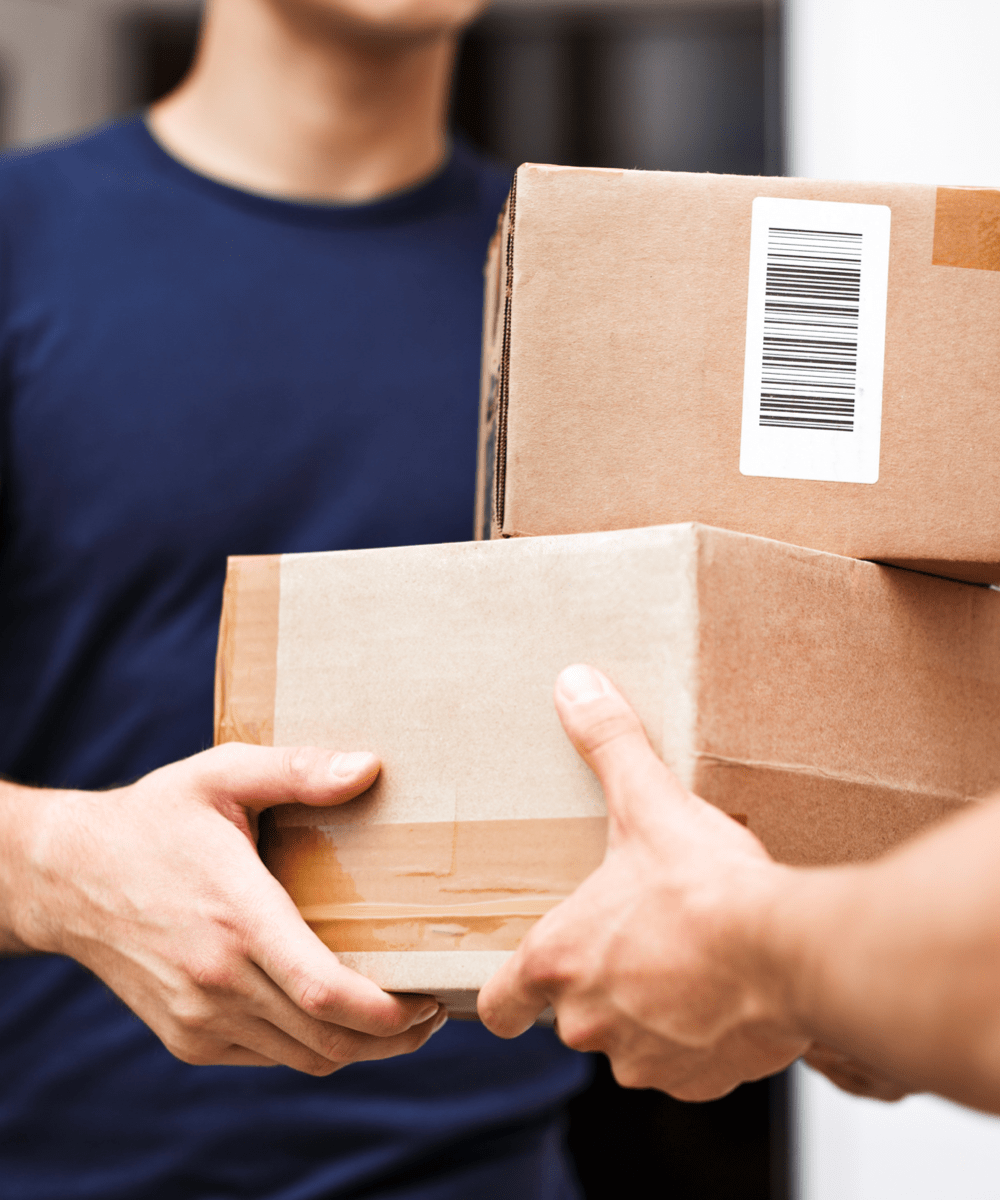Our beautiful woodlands

Every tree hosts an ecosystem. For thousands of years they have supported both people and wildlife, and our diverse woodlands in the UK include beautiful hedgerows, productive orchards, ancient woodland and even temperate rainforests. Trees lock up carbon, protect against flooding, nourish the soil and reduce pollution. Currently thirteen percent of the UK is made up of woodland, but we need to increase this to nineteen percent to have an impact on climate change. In the last decade, 26,000 hectares of ancient woodland have come under threat, leaving only 308,000 hectares remaining. Disease, pests, overgrazing and urban spread have all threatened our British woodland.
One tree can support a huge range of wildlife, from the smallest insects to bats, to badgers and deer. The birds we all care so much about eat seeds, berries, and insects from the tree, building their nests in its branches and cavities. Fungi and lichen rely on our trees, creating insect-rich ecosystems that benefit further up the food chain. Willow tits and marsh tits rely specifically on ancient woodland, which needs our protection most of all.
Trees are beautiful, complex plants and the focus of a huge amount of our mythology, legend and storytelling. While trees were once thought of as individuals, we now know they are cooperative, forming symbiotic relationships with one another. An old oak will feed surrounding saplings through its root systems until they are tall enough to reach the sun. Hormonal, slow pulsing signals are sent between trees through the roots and via pheromones transmitted in the air, even between trees of different species, and they communicate danger to one another too. When a pine or elm detects the saliva of leaf-eating caterpillars, the tree sends out pheromones to attract parasitic wasps who come and take care of the pests. Other trees make their leaves taste unpleasant when they detect the saliva of a deer chewing the branches.
The Woodland Trust offers advice and support to anyone looking to protect existing trees and woodland areas, or even plant saplings in gardens or on agricultural land. They can consult with you on bigger projects involving the planting of five hundred or more trees and may help subsidise the cost too, particularly for schools and community groups.
Thinking of adding some trees to your garden? Before you get the shovel out, there are a few things to consider. Carefully review your planned site - will the tree damage buildings or utility lines? As the canopy grows, will the branches prevent light from reaching a neighbour’s garden? It’s worth considering what might happen in windy weather too - could branches come down in neighbours’ gardens or on parked cars? Will falling leaves clog up an existing pond? What would you like from your tree? Are you hoping for year round colour, a harvest of fruit, privacy screening or wildlife habitats and food? A native tree is your best bet - let’s take a look at our options:
A hazel tree is a great choice. The nuts are eaten by dormice, squirrels, jays, nuthatches (and you) and it grows up to 40cm each year. It was thought to be a magical tree, able to ward off evil spirits. In Ireland, the hazel is considered the tree of knowledge, and rods made from its branches are used for water divination.
Beech trees have beautiful leaves in Autumn and are home to caterpillars (a perfect food source for the birds). Birds enjoy eating the seeds, and we use the wood to make cooking utensils and sports equipment. The beech tree is thought to represent femininity - where the oak is known as king of the forest, the beech is his queen.
The stunning silver birch is known for its beautiful bark, and often a favourite spot for long tailed tits. It was thought to symbolise renewal and purity, and branches were often bundled together and used to sweep out evil spirits.
If you are a fan of sloe gin, a blackthorn is a great hedging option, and forms an impenetrable barrier around your property. An elder is a smaller tree, brilliant for gardens and for its elderflowers, which can be used to make a delicious cordial (or sparkling wine).
When you come to plant your tree, it’s a great idea to plant bare root between November and March, when the plants are dormant (and much cheaper to buy too). It is much better to plant your tree in the ground - they quickly outgrow pots and will suffer if potted on. Cut off any damaged stems before you start, and dig out a square area one third bigger than the rootball. A dried out bare root plant will never grow, so ensure that the roots are thoroughly drenched, and take a look at the stem of the plant to work out where the soil came to before the rootball was dug up. The goal is to plant your new tree at the same level, but if in doubt, it is always better to plant a new tree too shallow rather than too deep. Put the stake into your planting hole before adding the rootball, hammering it well and positioning it so it is between your tree and the prevailing wind. Backfill the soil you dug out (improved with a little compost), and sprinkle mycorrhizal fungi around the root area before filling completely. You can sprinkle a little blood and bonemeal around the base of the plant for some extra nourishment. Tie your tree to the stake with a tree tie, and protect the new trunk from cats and a wayward lawnmower with a tree guard before watering in well.
After planting, you shouldn’t need to water the sapling too often - over watering can cause the roots to come up to the surface rather than reaching down into the earth. The tree guard can come off after five to ten years, and the tree will be ready for its first prune after five years.
I planted hawthorn as a hedge last year, and we are planning to add a silver birch to our garden this winter (forever hoping to see a long-tailed tit!). If you decide to plant a tree I would love to see your pictures - please send me an email at info@alittlebirdcompany.co.uk, or tag me @alittlebirdcompanyuk on Instagram or Facebook.
Trees hold the key to solving so many of our environmental concerns, and they deserve both our protection and respect. For support with your tree planting project, head to woodlandtrust.org.uk.




